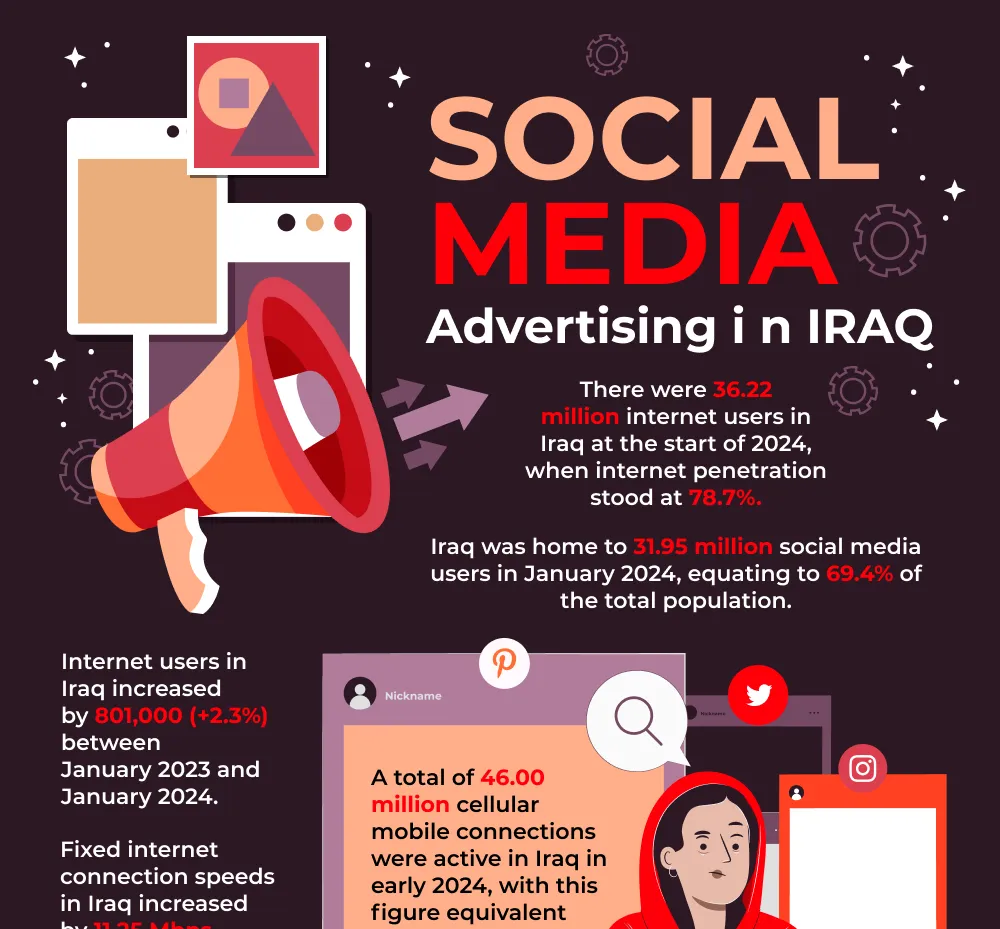April 21, 2015 will be the mobile day as Google has warned all websites to be mobile-friendly or get ready to face a drop in ranking. It is sharp clear that Google wants websites to appear and function smoothly on all devices. So, make your website is responsive, or stop dreaming of good search engine positioning in mobile devices.
From website design to development, every step should involve a responsive approach. For businesses in the Middle East, it is not easy to find responsive web design Dubai experts, as there are many big names in the competition. Which one is the best choice? It needs a better understanding of the topic before going for hunting. This post will shed light on Google’s concerns behind mobile day and a survival guide to make websites mobile-friendly.
Responsive Report Card Of Google
The new mobile ranking algorithm is more like a responsive report card, carrying website usability for mobile devices and indexing of mobile apps.
What Google Will Do On April 21, 2015?
- All mobile friendly websites will be labeled.
- Search results will reveal if a website has mobile-friendly label.
- Mobile-friendly label will be part of ranking algorithm.
- Mobile-friendly label will influence the search results.
How To Get Mobile-Friendly?
- Avoid software, like flash, that does not work well on mobile devices.
- Use font styles and sizes that help readability without zooming.
- Content should be perfectly fit to screen size.
- There should be proper space between links to help easy visibility.
The Survival Guide!
Responsive web design means the same code works smoothly on all screen sizes and resolutions. In such a design, all the elements resize on resizing the browser window. Why big brands, like TreeHouse, went and are going towards mobile friendliness and why Google has made it part of its algorithm, see some interesting stats collected from different sources over World Wide Web.
- More than 60% of U.S. adults are using smartphones and half of them do not come to a website again if it is not working smoothly on smartphones.
- 85-90% shoppers of social media platform Wanelo are using smartphones.
- 70% of the mobile searches help closing the deal within an hour.
- Square, a payment processing company, crossed 1 billion transactions in one month, replacing cash registers with mobile devices.
- See our info-graphic post on responsive website statistics and trends
Now get ready to know a 10-point guide for better adapting to mobile-friendliness standards of Google.
1. Know About Users’ Desired Information
What users want from your website? It could be
- Login facility to access their account
- Know more about products or services
- Contact information
Provide simple and concise information to the users. It also depends on the desired action you want at your website or the facilities you provide to the target audience for making the final deal.
2. Decide About The Type Of Website
After knowing what users want from your website, decide whether it should be a responsive website or mobile-specific website.
If the target audience needs the same smooth experience on all devices, then responsive web design can be the choice. However, if the users want limited options at mobile version of a website, then mobile-specific website will work better. It will include just a number of functionalities and will fit perfectly to some specific device screen.
3. Think About Search Engine Optimization
As Google has made it clear that mobile-friendliness will be part of search engine ranking criteria, so optimization should be done accordingly. Title tags should be displayed properly for mobile users and site navigation should be hassle-free and smooth for pleasant user experience. All the images and videos should be optimized for mobile devices. Search engines, like Google, will consider all aspects of mobile-specific and responsive websites while ranking.
4. Pay Attention To Clickable Buttons
As mobile devices have different screens, so are the fingers using those devices. All the clickable buttons should be user-friendly. Incorporate Google mapping and click to call button. Right and quick clicking supports pleasant user experience, so remove any hurdles in way of that. 44 x 44 pixels is the right size for any call to action button at any mobile-friendly website. Do test such buttons before making a website live.
5. Do Test Shopping
To have a real experience of a real shopper, do test shopping at the mobile version of your ecommerce store. Pass through the whole shopping experience and identify the areas of improvement.
6. Work For Varied Connection Speeds
Many website elements like images, videos, forms may take time to load, so experience will differ based on internet connection. It could be pleasant or annoying user experience. Work over different connection speeds, like for reliable desktop connections and wireless networks, to provide users with satisfying experience.
7. Go After Visuals To Present Information
As mobile screens are usually smaller than desktops, so it is a better approach to present information in visual form. As human brain better processes the visuals and hence helps creating the desired response in less possible time. Infographic and videos can do a favor for mobile-friendly websites.
8. Think About Supportives
Other than having a mobile-friendly website, think about developing an app to facilitate the users. Know about the interaction of users on social platforms using mobile devices. Target those. Try using email marketing and do test how emails work on different mobile devices for an optimized website experience. The crux is incorporate social media, email marketing, and app development into your overall mobile-friendliness venture.
9. Keep An Eye On Mobile Stats
While planning for mobile-friendliness or responsiveness, do consider the stats like
- Mobile visitors of your website
- Mobile devices used to access your website
- Number of desktop and mobile users accessing your website
- Bounce rate on mobile devices
Keep an eye on stats changing with every passing day. Know the emerging trends and get insights of responsive world to go after what will work best.
10. Review The Digital Strategy
Once a quarter, revise the digital strategy. Know about any changing preferences or needs of the target audiences and overhaul the mobile presence. Bring updates as and when needed to keep the website search engine and user-friendly.
World Wide Web is getting smarter and ignoring smart devices means killing the chances to succeed. Knowing user preferences, technological advancements, and business environment is integral to making successful digital plans. Can you dare to avoid the smartphone revolution? If not, get ready to be mobile-friendly and impress Google to grab top ranks and, of course, customers.
April 21 is approaching near; are you prepared?
Image Credits - InstantShift







